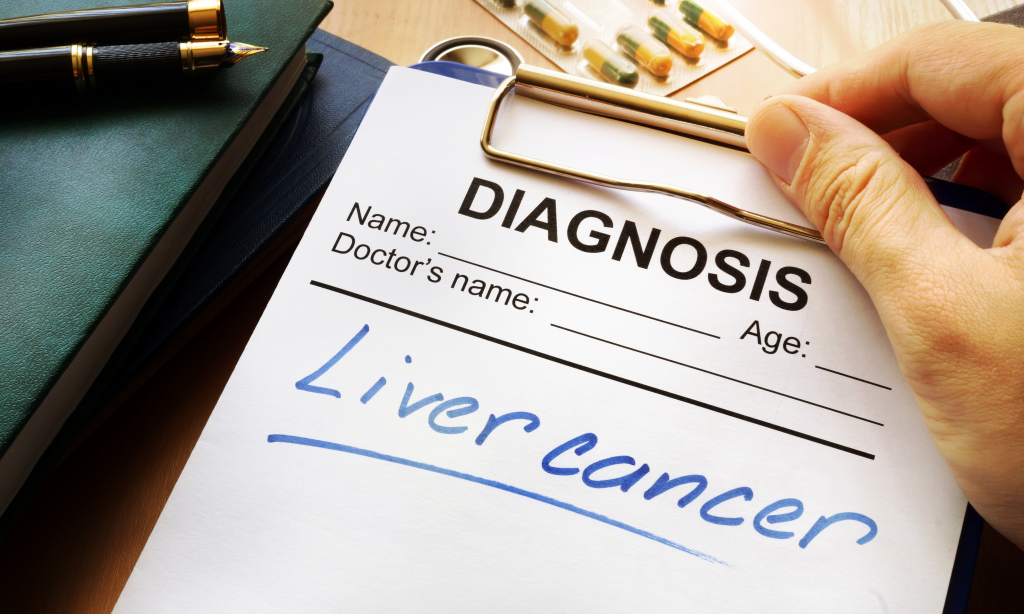
The American Cancer Society estimates a total of 39,230 new cases of liver cancer within the United States for the year 2016. They also estimate that around 27,170 of these cases will result in death. The number of patients diagnosed with liver cancer has grown by 300% between 1980 and 2016. During the years 2003 to 2012, figures of liver cancer cases rose with 2.7% each year. It is further estimated that more than 700,000 people are diagnosed with liver cancer through the world each and every year. There are also more than 600,000 cases of death reported around the world each year that are related to liver cancer.
Liver cancer is generally split into two different types, each with its own risks and severity:
- Primary liver cancer refers to liver that primarily develops within the liver.
- Liver metastasis refers to cancer that spreads to the liver from another part of the body.
While liver cancer poses a high risk in patients, several benign tumors are also known to develop on the liver. Tumors such as hemangioma, cysts, hepatic adenoma, fibroma, lipoma, focal nodular hyperplasia and leiomyoma are treated differently and usually only considered a risk if they cause internal bleeding or pain. Tumors such as hepatocellular carcinoma and cholangiocarcinoma are both considered cancer tumors and both of these should be treated as soon as they are discovered in order to avoid further spreading, which could lead to life-threatening conditions.
Causes of Liver Cancer
Through years of research, medical scientists have been able to point out some vital factors that can cause an increase in risk of developing liver cancer. Liver metastasis are usually as a result of cancer developing in a different part of the body and then spread to the liver. WebMD reports that liver cancer is more common in patients with damaged livers due to alcohol abuse, birth defects or being chronically infected by cirrhosis, hepatitis B, hepatitis C and hemochromatosis.
Apart from these genetic causes that may lead to an increased risk, factors such as fatty liver disease and obesity have also been linked to liver cancer. Due to the link between fatty liver disease and diabetes, research also points to diabetes as a risk factor in the development of this type of cancer. Smoking and exposure to chemical substances such as arsenic and vinyl chloride are also known to increase the risks associated with liver cancer.
Treatment Options
Liver cancer is measured in several stages, ranging from stage A to stage D. Stage A liver cancer means the damage done to your liver is still at minimal and a cure might be possible. Stage D liver cancer means the cancer has done severe damage and a cure is not possible. Patients diagnosed with Stage D liver cancer can receive treatment to minimize the pain and discomfort experienced by the damage caused by the cancer on their liver.
Patients with an early stage liver cancer can usually discuss a treatment option with a team of specialists. The team of specialists will most likely make a suggestion and then further discussion about the treatment can commence. There are several options when liver cancer is detected in an early stage, including surgical resection, a liver transplant and radiofrequency ablation.
Bioresonance Therapy
In 2012, The Guardian reported statistics that was found in a study on bioresonance therapy. This type of therapy uses low-intensity electromagnetic fields in order to act as an anti-tumor treatment. The team of scientists behind the study reported to the British Journal of Cancer that the use of bioresonance therapy on liver cancer was found effective on some patients. The results were a decrease in size of the effected tumor cells. They also reported that healthy cells found around the damaged cells were unharmed by the treatment.
Due to these and other findings in the effectiveness of bioresonance therapy on liver cancer, as well as other types of cancer, many people are turning towards the use of low-intensity electromagnetic treatments in order to slow down the progression of cancer cells within their body and to assist with shrinking the size of active tumors.
Conclusion
With an increase in the rate at which liver cancer is diagnosed in patients all over the world, several studies are putting a focus on finding effective cures that can assist with prolonging the life of affected patients. These studies also focus on finding a way to shrink tumors and stop the cancer cells from spreading to other parts of the body. While many treatment options are available, several of them produce severe side effects that is unpleasant. Recent studies in bioresonance therapy proofs to be something the world can be excited about due to a decrease in tumor size and a slower rate of cancer cell production.


